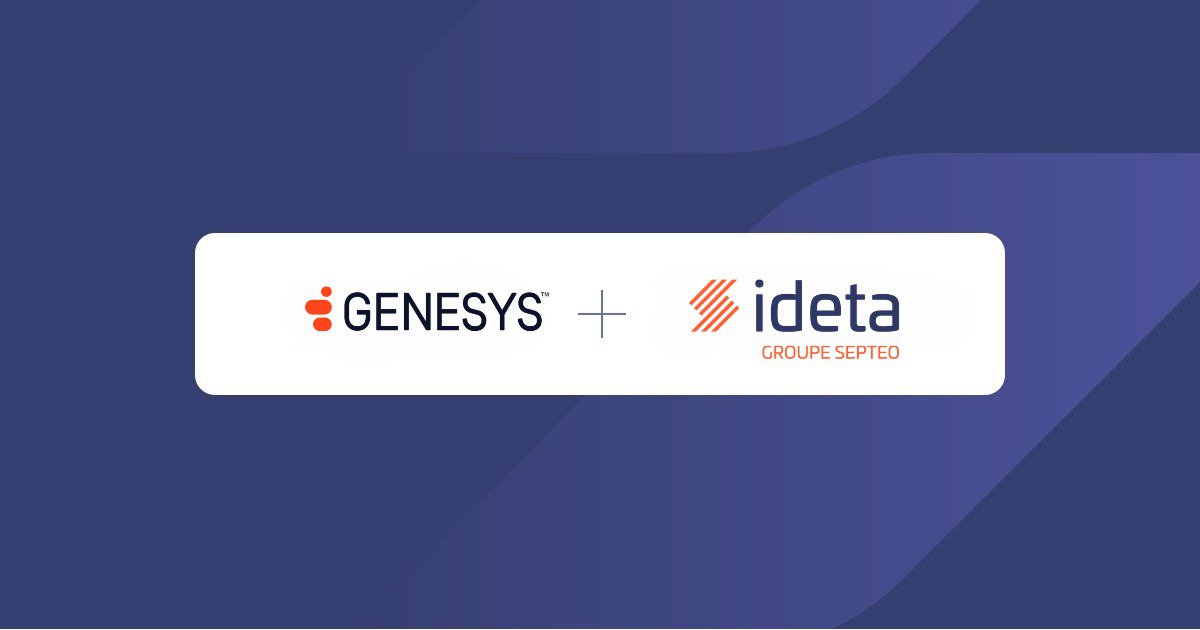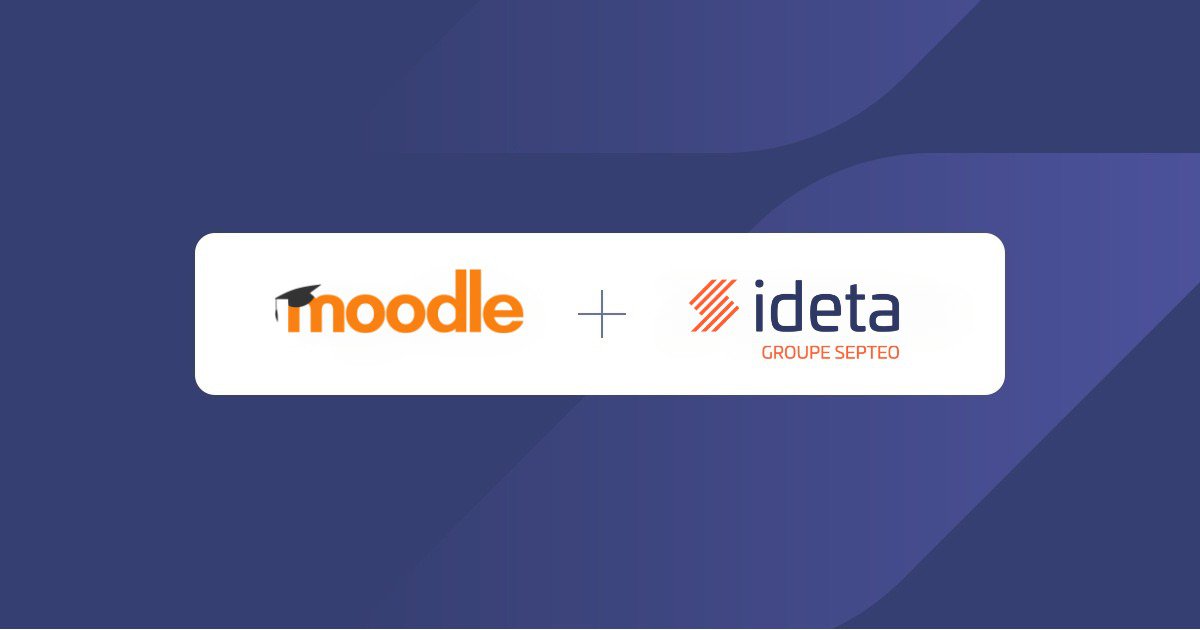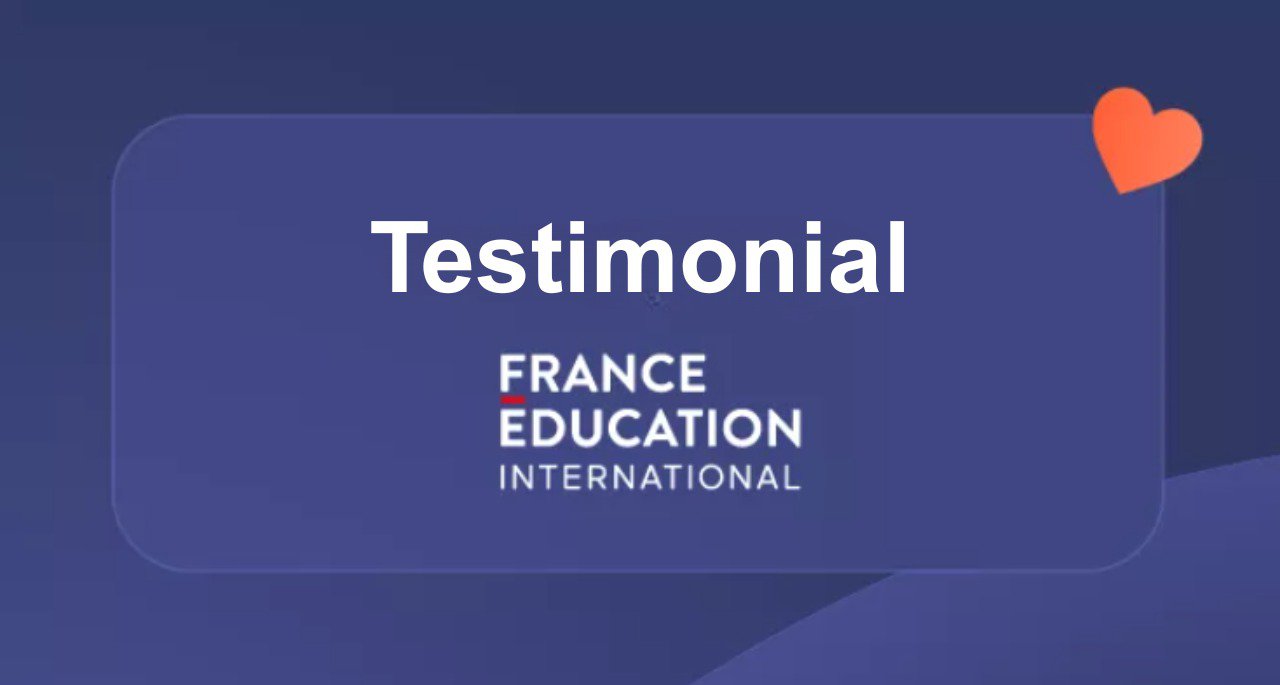How to build your GPT Chatbot?
What’s a Rich Text element?
The rich text element allows you to create and format headings, paragraphs, blockquotes, images, and video all in one place instead of having to add and format them individually. Just double-click and easily create content.
Static and dynamic content editing
A rich text element can be used with static or dynamic content. For static content, just drop it into any page and begin editing. For dynamic content, add a rich text field to any collection and then connect a rich text element to that field in the settings panel. Voila!
How to customize formatting for each rich text
Headings, paragraphs, blockquotes, figures, images, and figure captions can all be styled after a class is added to the rich text element using the "When inside of" nested selector system.
The advent of ChatGPT (a GPT chatbot) has revealed the impressive capabilities of AI to a broader audience while also raising questions about ethical and societal implications. ChatGPT, powered by GPT, a text generation model developed by OpenAI, boasts the ability to understand natural language and provide relevant responses to posed questions. Such models can be employed for a variety of purposes, from automating repetitive tasks to creating content. An example would be the AI Assistant for LinkedIn, which can comment on posts. They're also utilized in customer support within GPT chatbots. The societal impact of ChatGPT is still being understood. The ability to access the worlds knowledge is great but it has created the need for teachers and editors to rely on ChatGPT text detectors to know if something was human or AI written.
While several text generation models exist, each with its unique advantages and limitations, this article will mainly focus on GPT models. The aim of this article is to explain how AI chatbots work, particularly GPT chatbots, and guide you on setting up your own GPT chatbot using simple, accessible tools.
I - What is a GPT Chatbot?
A GPT chatbot is a type of AI chatbot.
So, what is an AI chatbot? An AI chatbot is a computer program designed to mimic human conversation. It employs Natural Language Processing (NLP) techniques allowing the chatbot to interact naturally with users, answering questions, providing information, and executing tasks in real-time.
A GPT (Generative Pretrained Transformer) chatbot is a type of AI chatbot that utilizes GPT models. GPT is a text generation model developed by OpenAI.
These language models are pre-trained to generate coherent and natural text in response to given input. GPT models are trained on large datasets of text, enabling them to learn linguistic rules and generate accurate and relevant responses. GPT chatbots are especially effective for conversational interactions as they can understand context and generate more natural responses than rule-based chatbots.
1- How does an AI chatbot work?
In this section, we'll explain how an AI chatbot works, discussing the technologies it uses to understand and respond to user messages.
AI chatbots employ Natural Language Processing (NLP) techniques to comprehend user messages. NLP allows the chatbot to understand human language by analyzing grammatical structure, context, and text meaning.
To create an AI chatbot, conversational AI platforms are typically used. Google's Dialogflow, Rasa, or Microsoft's Luis are examples of such frameworks. These platforms offer features to manage conversations, interpret user queries, identify intents, and respond accordingly.
The chatbot designer defines:
- Intents like "want_apple"
- Sample phrases for each intent like "I want to buy an apple"
- Responses for each intent like "here is the list of our apples"
Essentially, this enables the designer to precisely choose the chatbot's response after detecting the intent of the sentence.
Finally, AI chatbots can also utilize text generation models, such as GPT. In this case, unlike the previously seen AI chatbot, the designer doesn't need to create responses. Instead, the responses are generated automatically by the model, although this comes with the risk of falseness in generated responses.
Several more or less free and open-source text generation models exist. ChatGPT uses OpenAI's Davinci GPT3-5 model. Their latest model is GPT-4. Google offers Bert, and Meta offers OPT and recently launched LLaMA, an open-source model.

In summary, AI chatbots use NLP (through frameworks) to understand user messages. They sometimes employ text generation models to automatically produce responses.
2- Why Incorporate Text Generation Models into Your AI Chatbot?
In this section, we'll explore the reasons why incorporating text generation models into your AI chatbot can be beneficial.
Firstly, the use of text generation models saves time and notably reduces effort during the chatbot creation phase. Unlike rule-based AI chatbots that require the manual creation of all possible intents and responses, AI chatbots with text generation models can generate coherent and natural responses. This can simplify the development process and allow AI chatbots to be deployed more quickly.
However, using text generation models can also lead to erroneous or inconsistent responses. Text generation models are influenced by their training data, which may contain biases or inaccurate information, affecting the quality of generated responses. Therefore, it's essential to:
- Combine both technologies.
- Choose specific locations where you want to include text generation.
- Monitor the generated responses closely.
- Regularly update the training data sets to improve the performance of the GPT chatbot.
In sum, using text generation models can offer significant advantages but can also result in inaccurate responses. It's important to weigh the pros and cons of using text generation models and closely monitor the AI chatbot's performance to ensure accurate and relevant responses to users.
For practical application, you may follow this decision tree to incorporate GPT into your AI chatbot:

II - Which Text Generation Model to Choose?
In this part, we will explore the different text generation models that can be used in an AI chatbot. Many text generation models exist, each with its advantages and drawbacks.
To begin, the most well-known and used text generation model is GPT (Generative Pre-trained Transformer). GPT is a deep learning-based text generation model that uses a neural network to predict the probability of a text sequence. It's pre-trained on vast text data sets. GPT-4 is the latest model to date, capable of analyzing an image and providing a description.
However, other text generation models can be used in creating AI chatbots, such as Meta's LLaMa models or Google's Bard.
In particular, Meta's LLaMA (Large Language Model Meta AI) is a solid open-source alternative to GPT. It was designed to aid scientists in advancing their research in the field of artificial intelligence. Initially, it was reserved for researchers and labs on a waitlist, but the model "leaked" and appeared on GitHub.
Each model has its advantages and disadvantages in terms of performance, accuracy, and speed.
It's important to consider specific needs when choosing a text generation model to ensure optimal performance for your AI chatbot. If you need advice, feel free to contact us.
III - Chatbot Agency or Chatbot Platform?
In this section, we'll discuss the two options available to you to easily create your GPT chatbot: hiring a chatbot agency or using a chatbot platform.
A chatbot agency is a company specializing in creating customized chatbots for businesses. They offer consultation, development, and maintenance services to create an AI chatbot tailored to a company's needs. Using a chatbot agency ensures a customized chatbot that meets your specific needs while benefiting from professional assistance throughout the creation process.
However, using a chatbot agency can be expensive. If you wish to cut costs, the solution is to use a chatbot platform. Chatbot platforms are online tools that allow you to create AI chatbots. This saves time, reduces costs, and requires minimal maintenance.
Nevertheless, chatbot platforms may have limitations in terms of customization and features, and the company might be limited to what the chatbot platform can offer. It's important to choose your chatbot platform wisely.
In the end, the choice between a chatbot agency and a chatbot platform depends on the needs and resources of the company. If the company has the necessary resources to hire a chatbot agency and wants a fully customized and comprehensive chatbot, a chatbot agency could be the best option. If the company is limited in terms of time and budget, a chatbot platform might be the most suitable solution.
Which platform to choose to create your GPT chatbot?
In this section, we'll discuss the different platforms available to create a GPT chatbot.
Ideta :
Founded in 2017, Ideta is a French company offering a suite of multi-channel no-code software to meet your automation and artificial intelligence needs by offering the world's best natural language understanding algorithms (Google's Dialogflow, Microsoft's Luis, Rasa, etc.) to create your AI chatbot. Incorporating GPT models into your AI chatbot will be a breeze.
Ideta's chatbot platform allows you to create your GPT chatbot in less than 1 minute without any coding! Here's the tutorial video:
Moreover, they accompany companies wishing from ideation to the deployment of automation tools (RPA, chatbots, callbots), and AI.
With a team composed of designers and data scientists, they participate in all phases of your project design and assist you in monitoring the performance of your GPT chatbot.
Among its clients, one can mention companies of all sizes from SMEs (Thierry Immobilier, Studyrama, etc.) to ETIs and Major Accounts (Transdev, Alinéa, Brandt, FM Logistic, etc.). Schools such as Le Cnam or ESCP are also part of their clients.
OpenAI GPT-3 Playground :
This platform is offered by OpenAI and uses their GPT-3 language model. It is free for limited use and allows users to test the model by generating text or asking questions. However, it's important to note that this platform does not allow you to create a full chatbot.
Botpress :
This open-source platform is designed for developers and offers tools to create chatbots using different language models, including GPT. Botpress is fully customizable and provides advanced features for dialogue management and integration with other systems. However, it can be challenging to use for individuals with no programming experience.
Rasa :
This open-source platform is also designed for developers and provides tools for creating chatbots using different natural language processing technologies. Rasa also allows for the integration of pre-trained language models, including GPT. Rasa is fully customizable and offers advanced features for dialogue management, intent recognition, and response generation. However, it can also be challenging to use for individuals with no programming experience.
Ultimately, the choice of the platform depends on the user's needs and skills. If the user is an experienced developer and wants full control over the chatbot creation, Rasa may be the best option. If the user has little or no programming experience, Ideta might be the preferred platform. Lastly, if the user simply wishes to test the GPT-3 model, OpenAI GPT-3 Playground could be a convenient choice.
IV - How to Create Your AI for Use in a Chatbot?
In a constantly evolving world, having your own AI solution can be a real asset. But how do you go about it? Here is a simple guide in four steps to help you create your own AI.
Step 1: Choose a Base Model
The first step is to choose a base model, such as LLaMA, GPT4 or another model of your choice. These models serve as the foundation for your AI, providing a basic structure and ability to learn. In the context of a GPT chatbot, we use ChatGPT 3.5 or GPT4.
Step 2: Fine-tune the Model
After choosing a base model, it's time to fine-tune it. How do you do that? By providing your own documents to the model. This helps the AI understand your industry, vocabulary, and context, which improves its performance and relevance.
Step 3: Create Your Own Prompt
The third step is to create your own instructions for the AI, telling it how to express itself. Do you want your AI to be conversational, formal, or something else? It's up to you!
Step 4: Deploy Your AI by Creating a Chatbot
Finally, the fourth step is to deploy your AI on the channel of your choice. Whether it's Microsoft Teams, Slack, your own webpage, ticketing tools or otherwise, this is when you get to reap the benefits of your work and see your AI solution come to life.

Creating your own AI solution may seem complicated, but by breaking the process down into these four simple steps, you'll be able to navigate the world of AI more easily. At Ideta, we're here to support you at every step of your AI and automation journey. Don't hesitate to contact us at contact@ideta.io for any assistance you might need.V - How to create your GPT chatbot with a chatbot platform?
IV - How to Create Your GPT Chatbot with a Chatbot Platform?
In this section, we'll guide you through the steps to create your own GPT chatbot using a chatbot platform.
Step 1: Prepare Training Data
The first step in creating a GPT chatbot is to prepare training data. You'll need a conversation data set that you can use to train your GPT model. Data can be gathered from live chats, forums, social media, documentation, etc.
It's important to note that the data needs to be cleaned and preprocessed to achieve better results. You can use natural language processing tools to clean and preprocess your data.
Step 2: Train and Configure the Platform
The second step is to train your GPT model. Depending on the platform you've chosen, there might be specific instructions to follow to configure the GPT model.
You can use the data set you prepared in the first step to train your model. Note that training the model can take some time and requires substantial computational power.
Step 3: Deploy the Chatbot
The last step is to deploy your GPT chatbot. Once your model is trained, you can deploy it on the chatbot platform you've chosen. You can also integrate your chatbot with other systems or messaging channels, such as Facebook Messenger, Slack, or Teams.
It's crucial to test your chatbot before deploying it in a production environment to ensure it's working properly. You can also use analytic tools to monitor your chatbot's performance and improve its accuracy over time.
In conclusion, creating a GPT chatbot can be a complex process, but by following the steps above and choosing the right chatbot platform, you can create a chatbot that generates natural and coherent responses for your users.
VI. How to improve your GPT chatbot
Finally, we will see how to enhance your GPT chatbot to provide an optimal user experience.
1 - Optimize Your Chatbot's UX
User experience (UX) is a crucial element for any chatbot. Ensuring that your chatbot is easy to use and provides quick and accurate responses is key. You can improve your chatbot's UX by using engaging welcome messages, providing clear menu options, and using error messages to guide users. Also, check your chatbot's ergonomics.
2 - Analyze User Data
Analyzing your chatbot's user data can help you understand how users interact with your chatbot and identify areas needing improvement. You can use this data to adjust your chatbot and improve the user experience.
3 - Improve Your Chatbot's Learning
Training your GPT chatbot is a continuous task, and you need to consistently add new data to improve your chatbot's accuracy. You can add new data to your chatbot to enhance its accuracy, adjust the model parameters, and use machine learning tools to improve the quality of your data.
4 - Enable Human Takeover
Although GPT chatbots can provide natural and accurate responses, there may be situations where a user needs a human response. In these situations, you can provide an option for users to contact a support agent to solve their problem or answer their questions.
Improving your GPT chatbot is a continuous process. By optimizing your chatbot's UX, analyzing user data, enhancing your chatbot's learning, and providing an option for human contact, you can provide an optimal user experience and improve your chatbot's accuracy over time.
Conclusion
In conclusion, GPT chatbots offer a convenient solution for businesses looking to provide a smooth experience for their users. With text generation, it's possible to significantly reduce the time and costs required to develop a high-performing chatbot.
In this article, we explored the different steps required to create a GPT chatbot, as well as the options available for businesses wishing to outsource this task. We also discussed how to improve the accuracy and user experience of your GPT chatbot.
If you're looking to develop your own GPT chatbot, it's important to take the time to choose the platform and text generation model best suited to your needs. You might also consider hiring a specialized chatbot development agency to help you create a customized GPT chatbot.
We hope this article has been helpful. If you need help developing your GPT chatbot, feel free to reach out to us. :)








